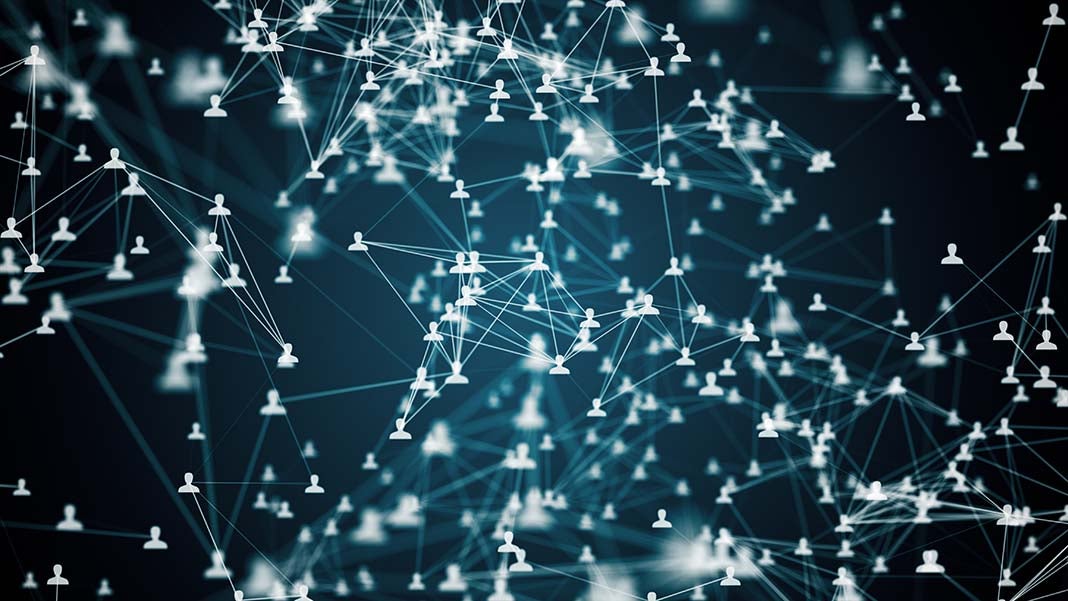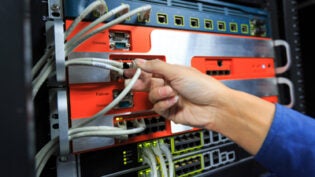How the Internet of Things Will Affect Your Telecommunications System
By: Scott Resnick

Are you ready for the changes that will impact the way we do business as the Internet of Things takes off?
Companies that don’t take the IoT into account as they plan and deploy upcoming projects should know that work in this sphere is continuing to grow exponentially. Bain researchers predict that business to business IoT segments, including enterprise and industrial, will generate more than $300 billion by 2020, as noted by a recent Forbes report. Globally, spending on IoT should reach $772.5 billion in 2018, up by 14.6% from the $674 billion spent in 2017.
Introduction to the Internet of Things
In the early days of the Internet, we started using the network to gradually connect machines around the world using the same protocols, with everyone using the same communication channels. It was primarily computers being used by individuals, until automated systems began being added to the systems.
Today, more and more devices are being connected to one another and not necessarily to people. The result is the growing Internet of Things, which includes millions of devices, from smart thermostats and security cameras to industrial sensors and medical equipment. It even includes things like the AI-fueled cameras helping to keep autonomous vehicles patrolling our streets safely and securely.
Everything can be connected and will possess “intelligence” for interactivity and interconnections. For example, you can start your vehicle with your smartphone or turn down your company’s air conditioning system with an app. Capabilities like those are just hints at how much how the IoT will affect life in the office. There’s no time like now to get prepared for the IoT. Approximately 21 billion IoT devices will be online by the year 2020, according to Gartner statistics cited by Information Week.
How the IoT Will Improve Efficiency in Your Office
Business office phone systems will become more robust with IoT devices added to the mix, making office management more efficient.
Companies can use them to create a more seamless office environment. Instead of having to assign an employee to check on the status of a piece of equipment on a regular basis, for example, you can network sensors and devices to send alerts in real time and make status queries from your own office computer or a mobile device while out in the field.
By automating the mundane tasks of office management, you free up your employees’ time to focus on more impactful projects that could increase company revenue.
You can also install IoT devices to improve office energy efficiency. Sensors to turn lights on and off when someone is in the room or send a message if a room’s lights have been left on help minimize wasted energy.
Impact of the IoT on Office Telecommunications
Office telecommunications will be transformed once IoT devices make headway. Using it to manage your office’s HVAC (heating, ventilation and air conditioning) system or having locks controlled by the systems and fully connected all the way around your office increased the return on your telecommunications investment.
However, with all the benefits that come with this increased connectivity, come additional security requirements to make sure that all of your sensitive data is kept secure. Imagine, even the office photocopy machine will have to be protected from hacker invasions just as much as your servers storing NDA documents must be safeguarded. Working with telecommunications consultants to help determine what additional security procedures should be enacted to keep data squared away from IoT hackers may be necessary, especially for the initial setup.
As long as you stay up-to-date on IoT developments and work with trusted experts for advice as you add new IoT devices to your setup, you can rest assured that your company will reap IoT benefits while staying safe and secure.












